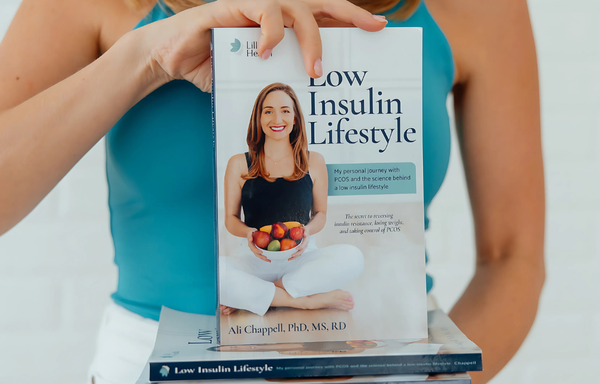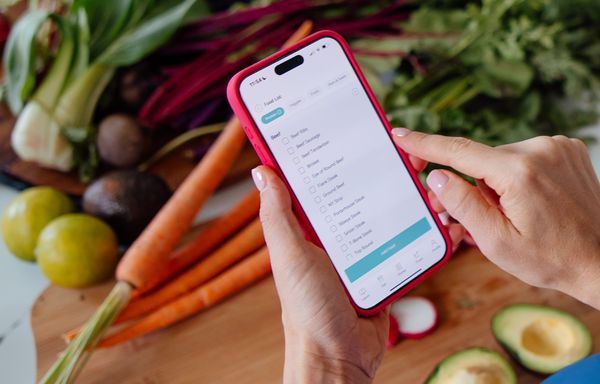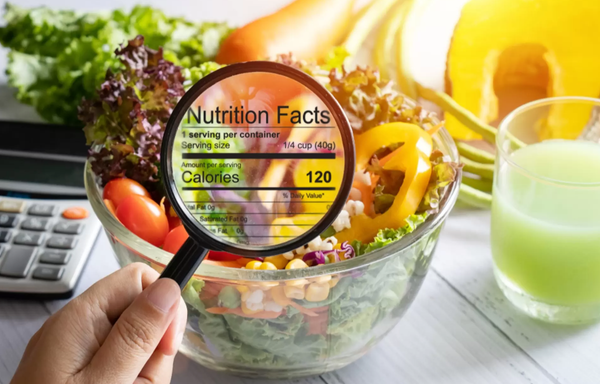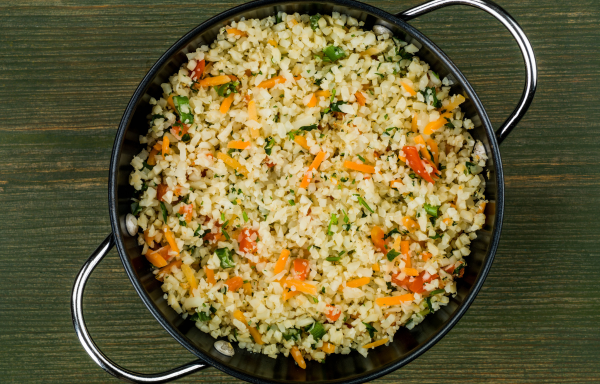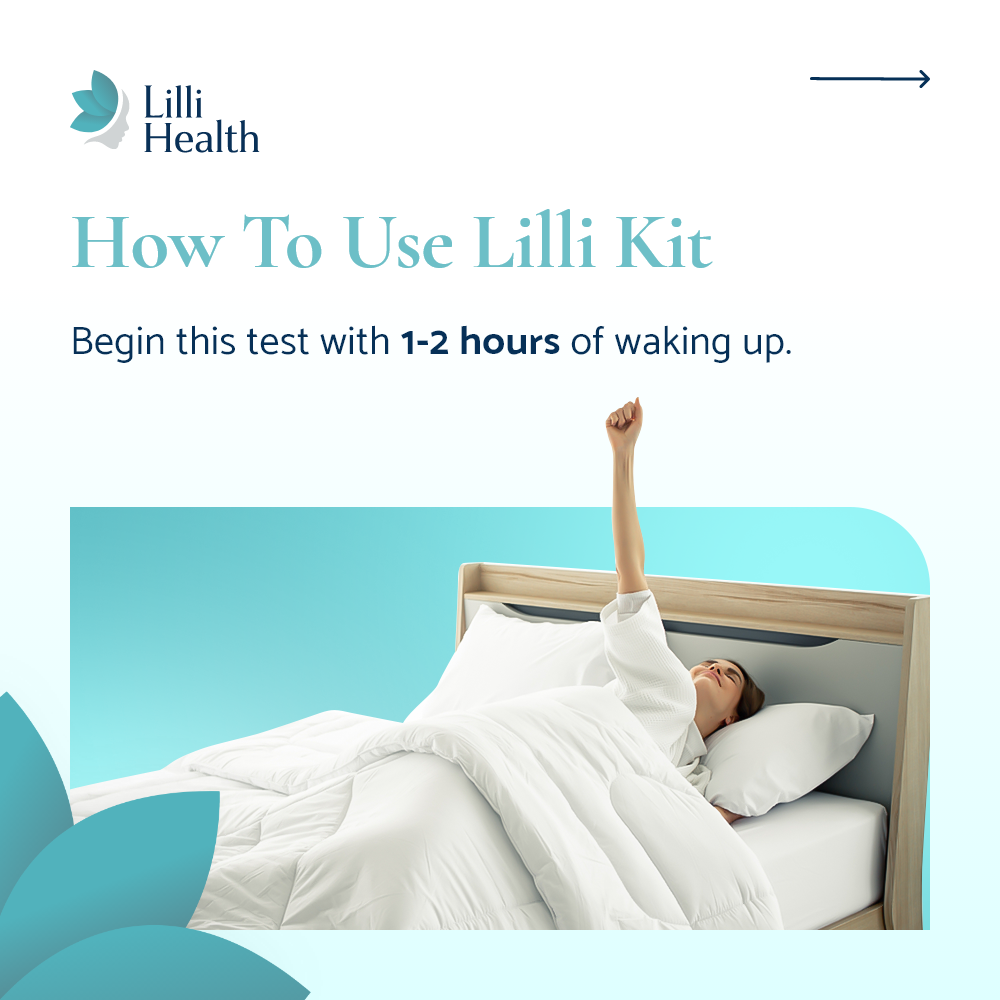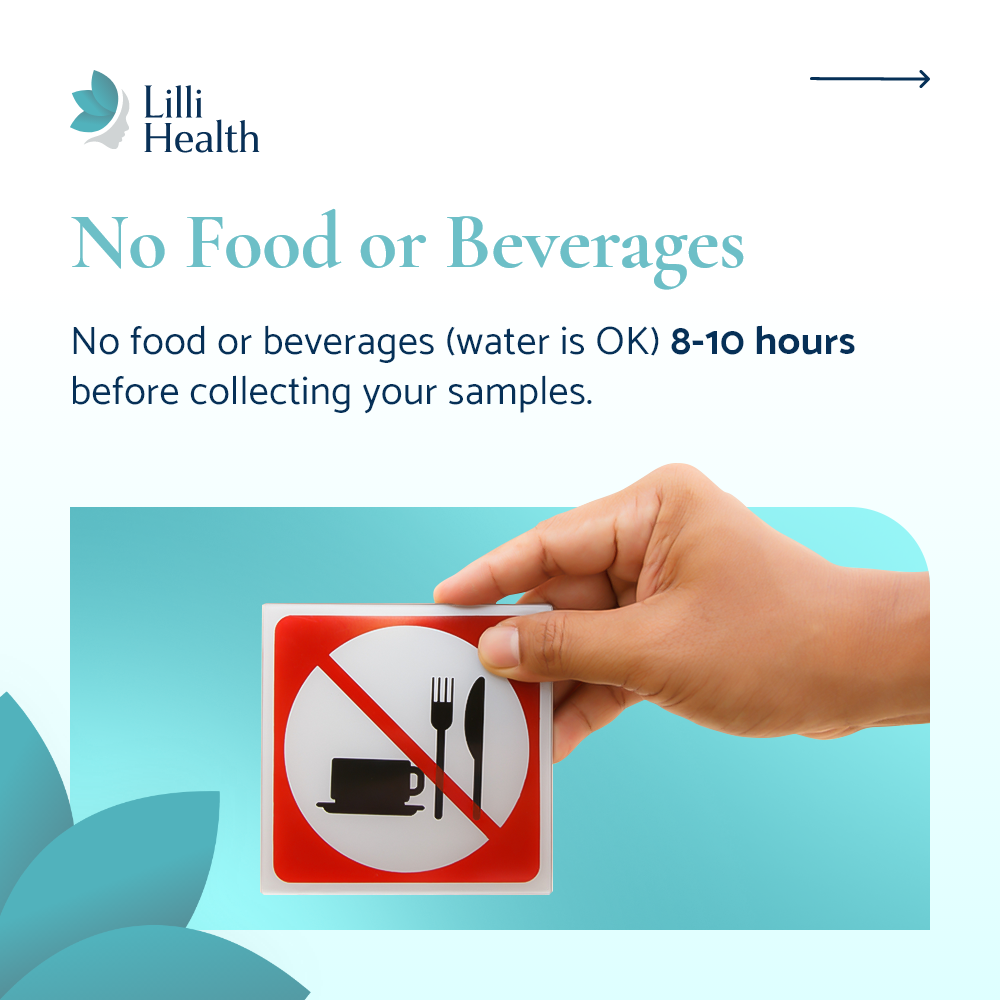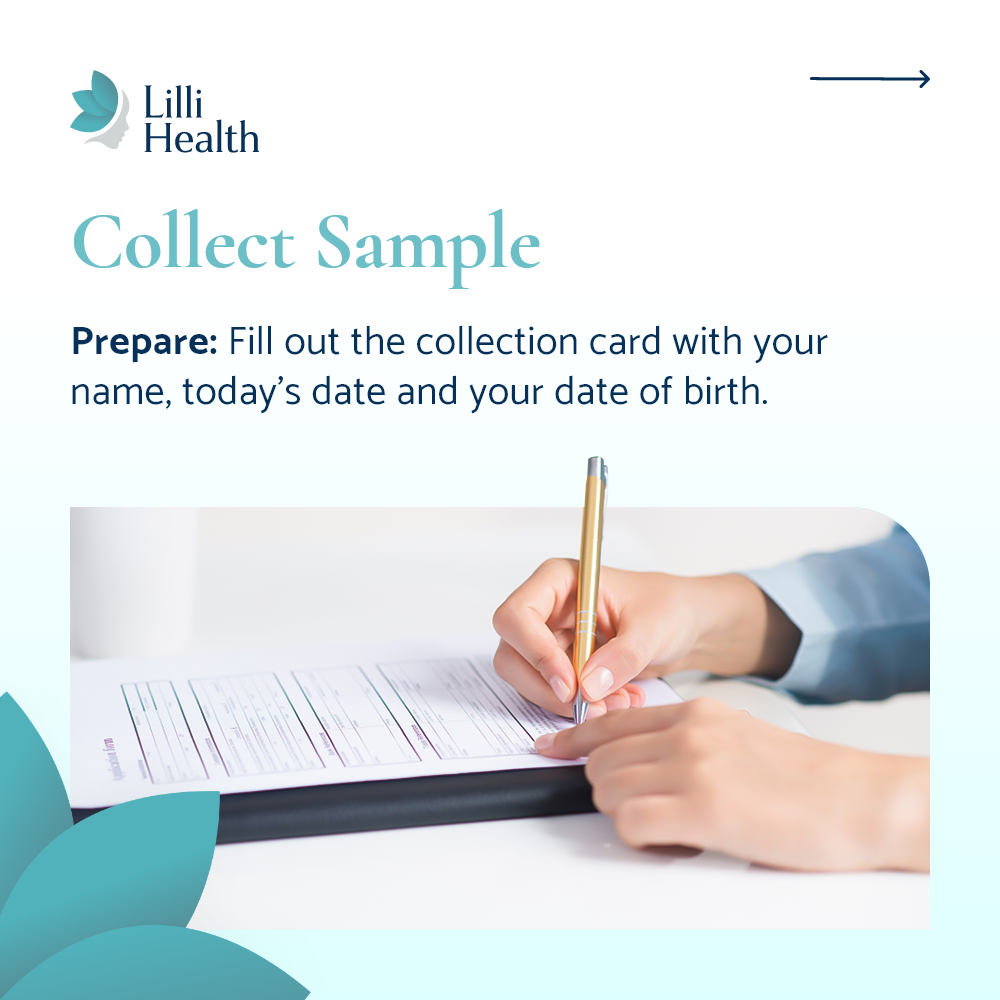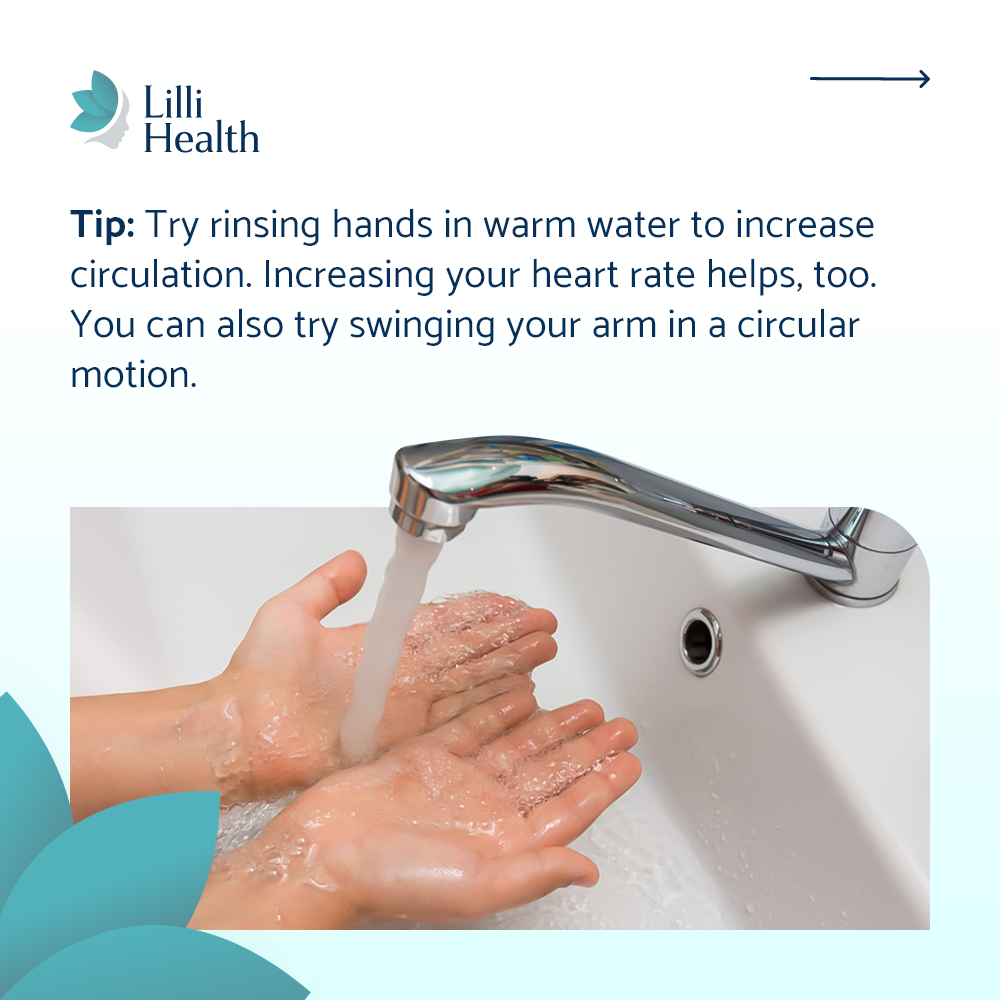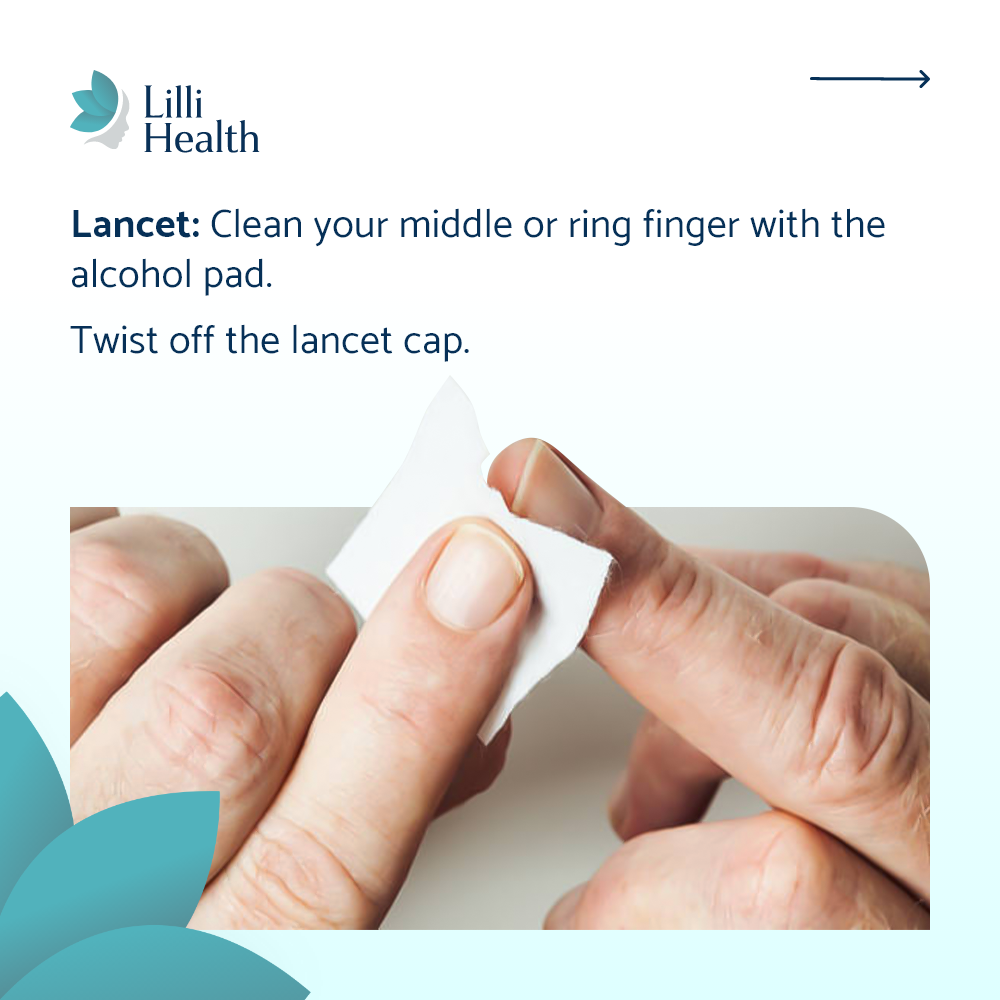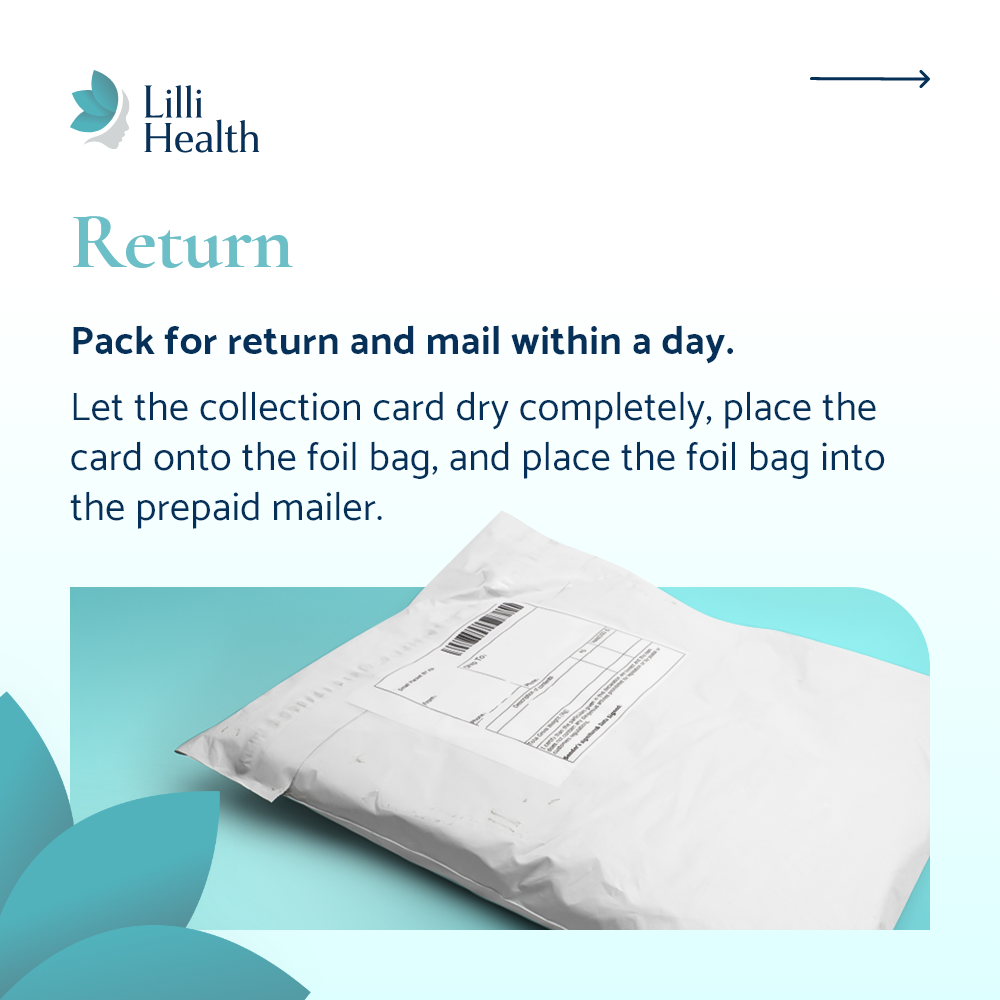Stop Counting, Start Living: Break Free from Food Tracking with Lilli
For so many of us, tracking food has been drilled into our brains as the only way to control our weight and health. Calories, carbs, points, macros—we’ve been told that if we just keep logging every bite, every sip, every gram, we’ll finally see results. But if that actually worked long-term, wouldn’t we all have reached our goals by now?
At some point, you have to ask yourself: Is this how I want to live forever?
The truth is, tracking food is exhausting. It takes up valuable mental space and turns every meal into a math equation. And worst of all, it doesn’t even address the real issue behind weight gain and insulin resistance: your hormones, specifically insulin.
Why Tracking Doesn’t Work
Most people assume weight loss is just about eating less and moving more. But if you have insulin resistance, your body is playing by a completely different rulebook.
You can count every calorie, every macro, every carb—and still not lose weight. Why? Because if insulin levels are high, your body won’t burn fat. It doesn’t matter how much you restrict yourself; if insulin is elevated, fat-burning is switched off.
Tracking food might make you feel like you’re in control, but it’s not actually solving the problem. It’s just adding stress, making you overthink every meal, and setting you up for failure when you inevitably get tired of logging every. single. bite.
Why You Shouldn’t Count Carbs
Low-carb diets have been marketed as the holy grail for weight loss, but not all carbs are the same when it comes to insulin. The goal of a Low Insulin Lifestyle is not to eliminate carbs altogether—it’s to avoid the ones that spike insulin.
What matters isn’t the total number of carbs, but rather the source.
- A banana and a slice of bread may have the same grams of carbs, but they don’t affect insulin the same way.
- Whole fruits and non-starchy vegetables contain fiber, which slows digestion and helps keep insulin stable.
- Starchy carbs like grains, beans, and potatoes flood the bloodstream with glucose, leading to insulin spikes.
If you focus on counting total carbs instead of choosing the right carbs, you might avoid foods that are actually beneficial while still eating foods that keep insulin high.
Why You Need Fat
For decades, we were told that fat is bad and that eating fat makes you fat. That couldn’t be further from the truth. Fat is essential for hormone regulation, brain function, heart health, and long-term metabolic health.
Fat does not spike insulin the way carbs do. This is why eating healthy fats can actually help regulate hunger and keep your blood sugar stable.
But when people cut fat, they often end up increasing carbs instead—which just keeps insulin high.
Some benefits of eating enough healthy fats:
- Fat slows digestion, helping keep you full and satisfied and reducing cravings.
- Fat is necessary for absorbing fat-soluble vitamins (A, D, E, and K).
- Fat is the body’s preferred long-term fuel source when insulin is low.
- Fat makes your skin healthy, hair shiny, and nails strong.
If you’re still afraid of fat, it’s time to rethink everything you’ve been taught.
Why You Shouldn’t Obsess Over Protein
Protein is essential, but more isn’t always better. Certain proteins—especially whey protein—can still stimulate insulin secretion.
A common mistake people make when cutting carbs is overloading on protein, thinking the more the better. But excess protein can be converted into glucose through a process called gluconeogenesis. This is why true ketogenic diets actually limit protein intake—to prevent insulin spikes from excessive protein consumption.
So why does a Low Insulin Lifestyle allow unlimited meat, poultry, fish, and eggs? The answer is simple: when eaten in their natural state, these foods are incredibly satiating, making it difficult to overconsume them. When paired with nonstarchy vegetables, they provide balanced nutrition without unnecessary insulin spikes. The key is focusing on whole food sources rather than processed protein powders.
The Freedom of a Low Insulin Lifestyle
Instead of tracking every little thing, the Low Insulin Lifestyle focuses on one simple principle: Eat the foods that don’t spike insulin, and avoid the ones that do. That’s it. No calorie counting, no weighing your food, no obsessing over macros.
When you eat this way, your body naturally regulates hunger and energy. You don’t have to force yourself to eat less, your body does it for you because it’s finally working with you, not against you.
What Happens When You Stop Tracking
Imagine sitting down to a meal and just… eating. Not measuring. Not logging. Not worrying about whether you hit the “right” macros. Just eating until you feel satisfied and moving on with your day.
That’s what food freedom feels like.
When you stop tracking and start focusing on eating the right foods, everything changes:
- You eat when you’re hungry, not because an app tells you to.
- You stop stressing over whether you went over your calories for the day.
- You listen to your body instead of numbers on a screen.
- You free up mental space for things that actually matter.
And the best part? You finally start seeing results that last.
